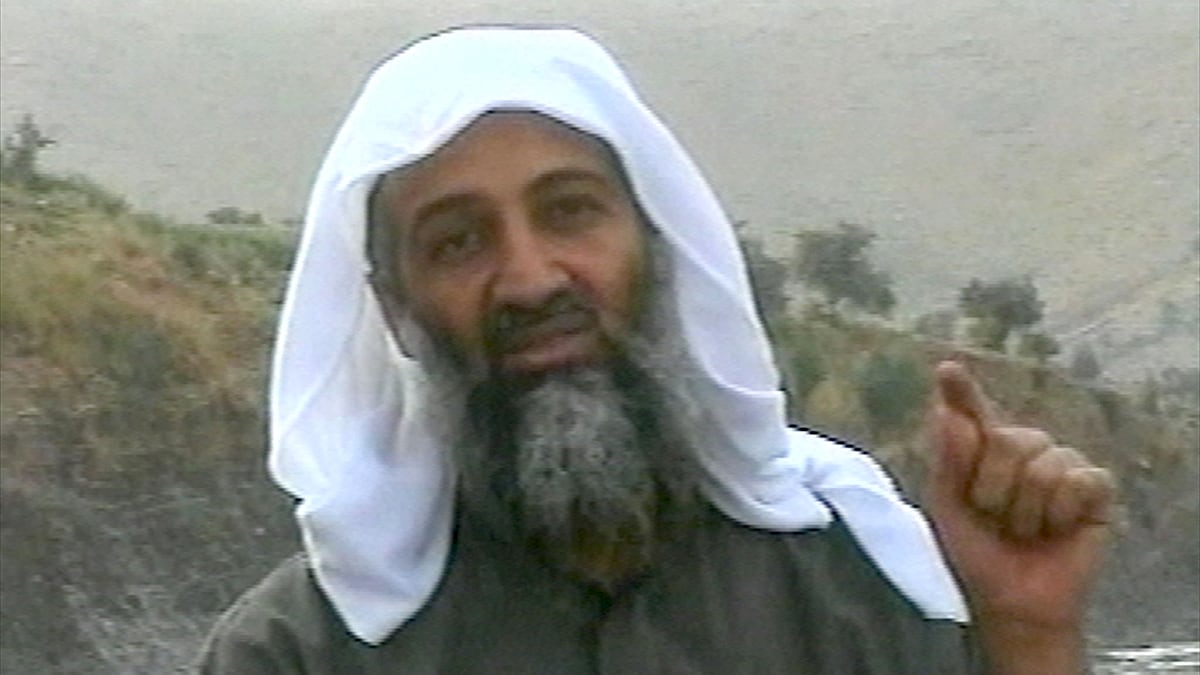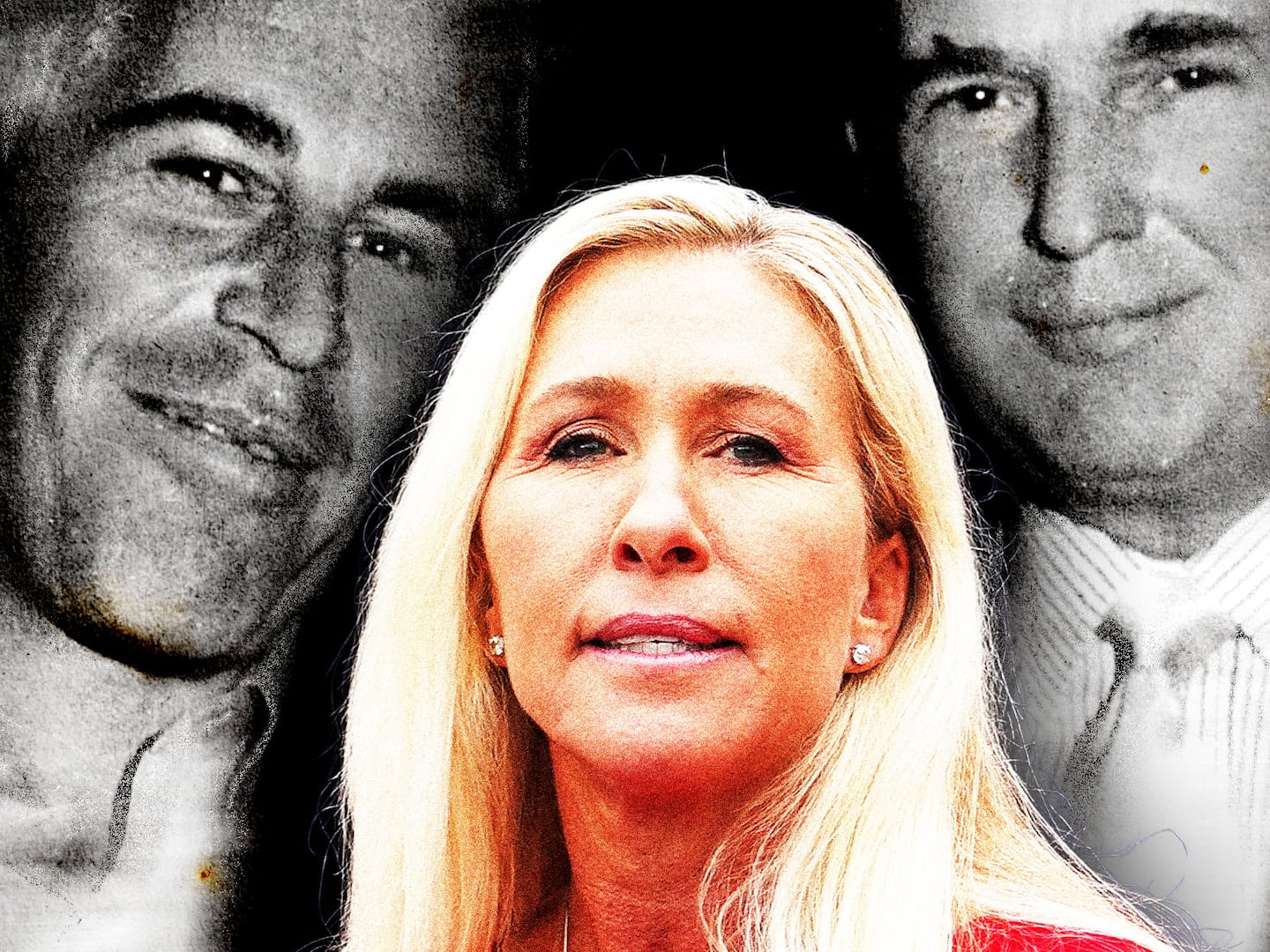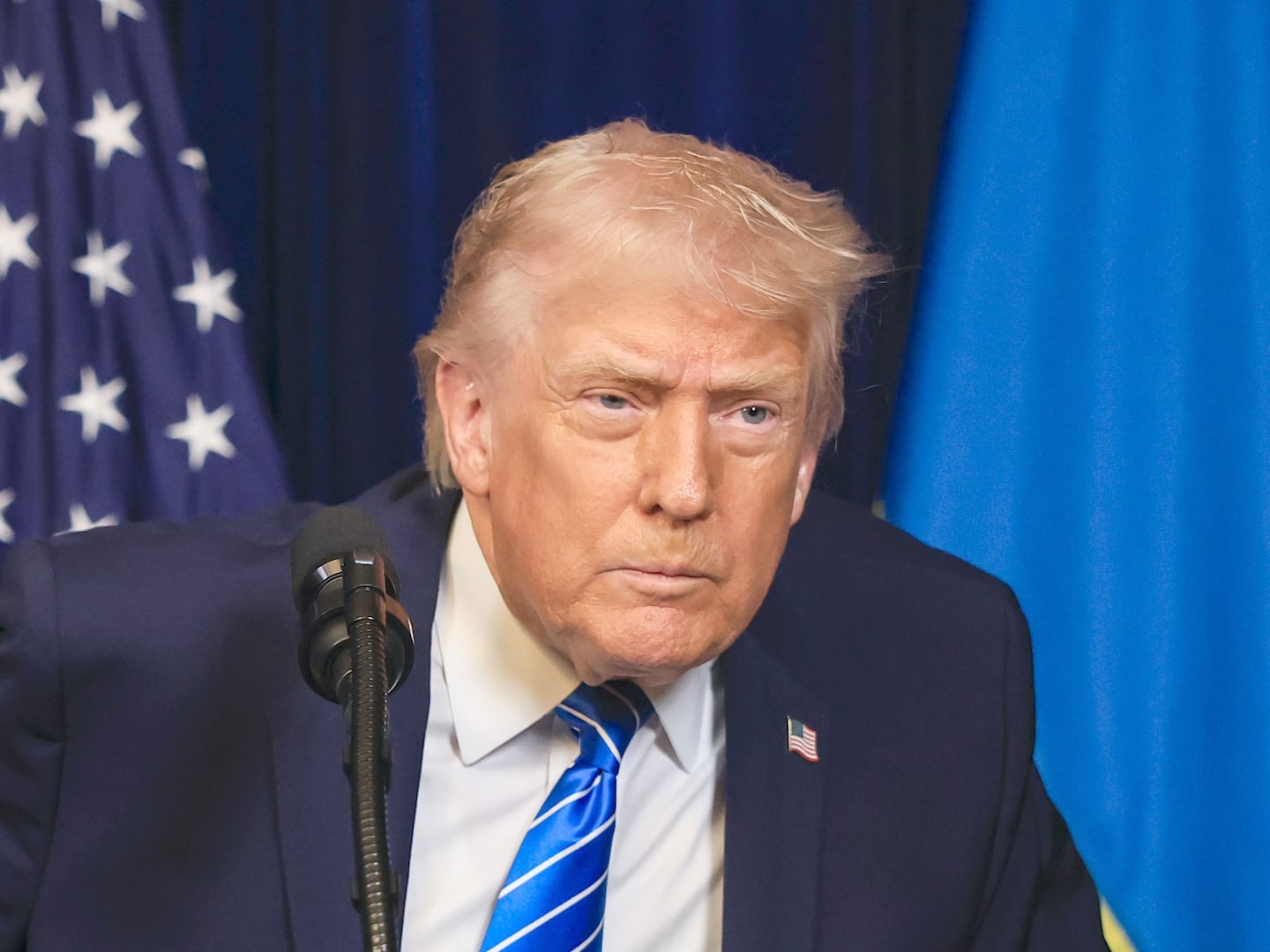New evidence that Osama bin Laden moved around Pakistan from safe house to safe house after 2001 is another indication of a shadow state within the country’s military and intelligence service—but not proof that President Asif Ali Zardari or his predecessor, Pervez Musharraf, were aware of bin Laden’s whereabouts, current and former U.S. counterterrorism officials say.
Testimony by the Qaeda leader’s youngest widow, Amal Ahmad Abdul Fateh, describing bin Laden’s movements in Pakistan before he settled in the walled compound in Abbottabad in mid-2005 is “very plausible,” said one U.S. official, who requested anonymity. The new details of bin Laden’s life on the run, released by the Pakistani authorities last week, suggests elements of Pakistan’s national security state were helping him stay hidden from authorities for longer than previously believed, current and former U.S. officials told The Daily Beast. Nonetheless, one U.S. official added, “There’s still no solid evidence Musharraf’s government knew where [bin Laden] was hiding.”
According to Fateh, in 2003 bin Laden and his family moved to Haripur, a small town close to Islamabad, and lived there until moving to Abbottabad. In the period when bin Laden was living just outside Pakistan’s capital, Musharraf was waging a war of his own against al Qaeda. With Pakistani help, the CIA was able to net Khalid Sheikh Mohammed, al Qaeda’s military planner and self-proclaimed mastermind of the 9/11 terrorist attacks. In this same period, Pakistan’s military waged a sometimes brutal campaign in the Northwest Frontier provinces of Pakistan against al Qaeda and affiliated groups.
Two current U.S. intelligence officials familiar with the material taken from the bin Laden compound during the Navy SEAL assault last May told The Daily Beast that none of the papers, disc drives, or hard drives suggest that Musharraf, who was president from 2001 to 2008, or other senior Pakistani political leaders were aware of bin Laden’s location. Some of those papers have been made public, but many remain classified.

“There were plenty of people who disagreed with Musharraf’s decision to align with the United States after 9/11 against al Qaeda. In essence they expressed their displeasure by helping America’s most hated enemy,” said Bruce Hoffman, director of the Center for Peace and Security Studies at Georgetown University. But Hoffman also said he suspects that bin Laden’s relationship with Pakistani military and state was a “very tightly held secret, perhaps even from his immediate family.”
“This may not have been in any of the papers or documents seized at Abbottabad because we are finding out just now about this from his wives,” Hoffman added. “His survival depended on protecting those agents of state.”
In this period, Pakistan was officially allied with the United States against al Qaeda, making it perilous for some agents to help bin Laden. “It would be startling if bin Laden’s ownership of these houses was known to the highest levels of government, but it is certainly plausible that some elements or persons in the government may have known about this,” said Ken Wainstein, a former assistant attorney general for national security between 2006 and 2008 and now a partner at Cadwalader, Wickersham, and Taft.
Wainstein added, “It’s well-known that there are people in the Pakistani government who did not share a belief in Pakistan’s official counterterrorism policy.”
Another reason Musharraf might not have known about bin Laden’s safe houses: he was a target of al Qaeda himself, said Mary Habeck, who worked as a strategic planner dealing with al Qaeda for the National Security Council in President George W. Bush’s second term. “This does not implicate Musharraf,” she said. “The fact that al Qaeda put out a fatwa to kill Musharraf and fight his military tells me that the highest levels of the political leadership of Pakistan and the Pakistani military were not aware of bin Laden’s location.”
“I think the important thing is to take a look at who al Qaeda in this period does not condemn in these statements. They condemn the Pakistani state, the government, and the military, but they say absolutely nothing about the ISI [Pakistan’s intelligence service] until after 2007,” Habeck said.
2007 was a critical year in Pakistan: in July, the Pakistani military began a long standoff with Islamic militants at the Lal Masjid, or Red Mosque, in Islamabad that became a galvanizing political moment for al Qaeda and its sympathizers. The terrorist group used the siege as justification for spectacular attacks against the Pakistani military. The summer of 2007 also marked the point at which the military signed most of its peace deals with local tribal leaders in the Northwest provinces who had in the past been hospitable to al Qaeda and the Pakistani Taliban.
That same year, the CIA began to invest heavily in a more pro-American wing of the ISI, known as the T-Wing. For years, the S-Wing of the ISI worked closely with Islamic militants in Kashmir and Afghanistan. By 2007, the CIA was beginning to fundamentally change its liaison relationship with the leadership of the ISI, focusing more closely on the T-Wing, which it helped create.
“We always wanted the Pakistanis to do more and allow us to do more,” said Juan Zarate, who served as a deputy national security adviser for counterterrorism in the Bush White House. “In the relationship we were going into conversations and dealings with our eyes wide open.”
But Zarate also said the new disclosures from Fateh “suggests that the highest levels of the Pakistani government were aware of bin Laden’s whereabouts or made a deal to hide him.”
“It is maddeningly frustrating,” Zarate said of the new reports of bin Laden’s multiple safe houses. “It does call into question either the competency or complicity of elements of the Pakistani state. The question of whether or not Musharraf knew of [bin Laden’s] whereabouts is a different question.”
One reason Zarate and others don’t think Musharraf knew of bin Laden’s safe houses is that al Qaeda twice came close to assassinating the former Pakistani president. One such attempt came in the fourth day of the siege of the Red Mosque, when militants fired on Musharraf’s plane as it was taking off from the military city of Rawalpindi.
At the end of the day, Zarate said, “This looks so bad, it is going to serve as another data point in the growing rift of trust between the two countries. Regardless of the technical conclusion analysts may draw, to the American people this will look like the Pakistanis at a minimum were not doing their job and at worst were complicit. That does not a good ally make.”






